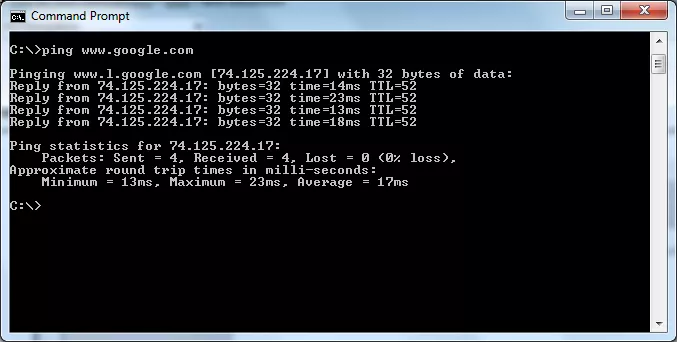
Every computer ships with an operating system (OS) and networking capabilities are built into all modern operating systems. The OS consists of software that manages the apps, functions, and hardware on a device, and it provides an interface used to interact with those features. OS software runs on laptops, desktop computers, smartphones, tablets, network routers, and other smart devices.
Types of Operating Systems
The most well-known and commonly used operating systems are those found on personal computers, such as Microsoft Windows, macOS, and Linux (a UNIX-like OS).
Some operating systems are designed for certain types of equipment, including the following:
- Apple iOS, iPadOS, and Google Android for smartphones and tablets.
- Solaris, HP-UX, DG-UX, and other variants of Unix for server computers.
- DEC VMS (virtual memory system) for mainframe computers.
- Apple tvOS for Apple TV digital media players.
- Wear for Google smartwatches.
Other operating systems that were common in the past:
- Novell Netware was a popular OS for Windows computers in the 1990s.
- IBM OS/2 was an early Windows OS that competed with Microsoft Windows for a time but had limited success in the consumer market.
- Multics was an innovative operating system created for mainframes in the 1960s. It influenced the development of Unix.
Network Operating Systems
A modern OS contains built-in software designed to simplify networking. Typical OS software includes an implementation of TCP/IP and related utility programs such as ping and traceroute, along with device drivers and other software to automatically enable the Ethernet or wireless interface for a device.
The operating systems of mobile devices normally provide programs to enable Wi-Fi, Bluetooth, and other wireless connectivity.
:max_bytes(150000):strip_icc():format(webp)/command-window-ping-web_site-56a1ad4b3df78cf7726cf9a8.png)
Early versions of Microsoft Windows didn’t provide support for computer networking. Microsoft added basic networking capability starting with Windows 95 and Windows for Workgroups.
Microsoft introduced the Internet Connection Sharing (ICS) feature in Windows 98 Second Edition (Win98 SE) and Windows HomeGroup for home networking in Windows 7. Compare that with Unix, which was designed from the beginning for networking.
:max_bytes(150000):strip_icc():format(webp)/windows-10-network-sharing-center-5c61e10bc9e77c0001d930fe.png)
Today, networking support is the norm rather than the exception. Most modern operating systems qualify as network operating systems because they enable internet access and support home networking.
Embedded Operating Systems
An embedded OS supports no or limited configuration of its software. Embedded OSs such as those in routers, for example, include a pre-configured web server, DHCP server, and some utilities, but don’t allow for the installation of new programs. Examples of embedded operating systems for routers include:
- Cisco IOS (Internetwork Operating System)
- DD-WRT
- Juniper Junos
[“source=lifewire”]





